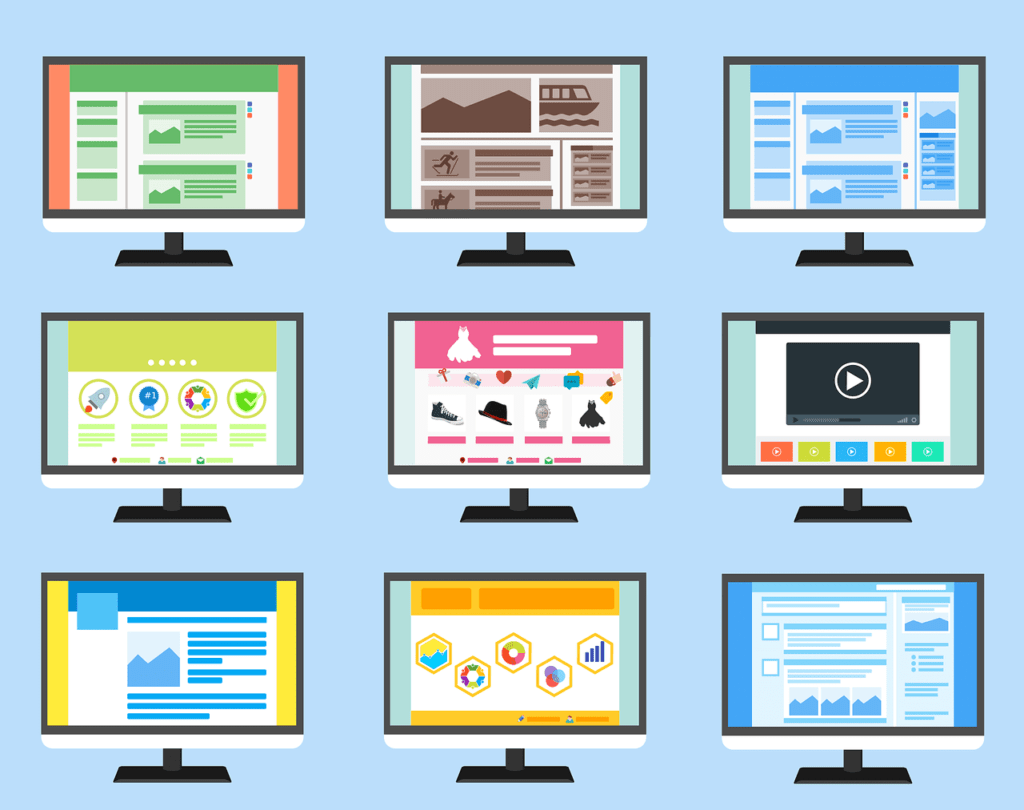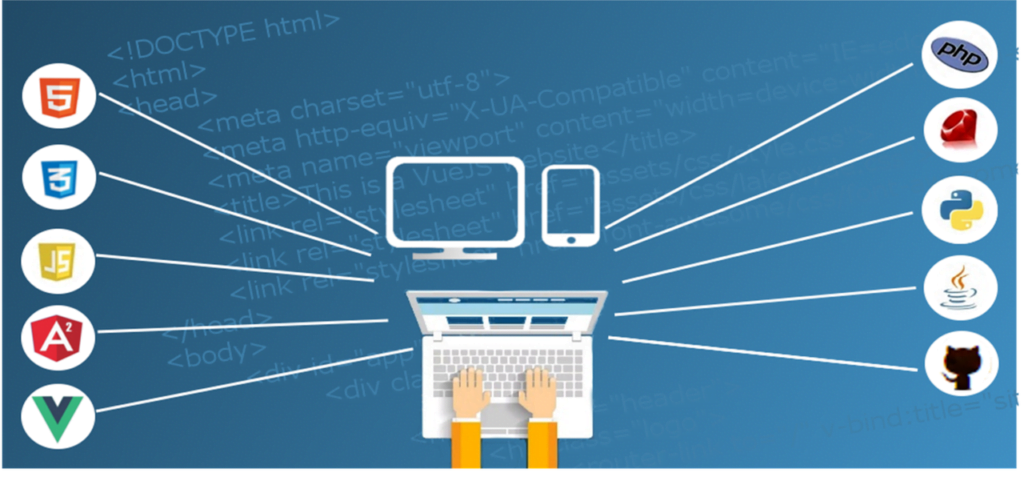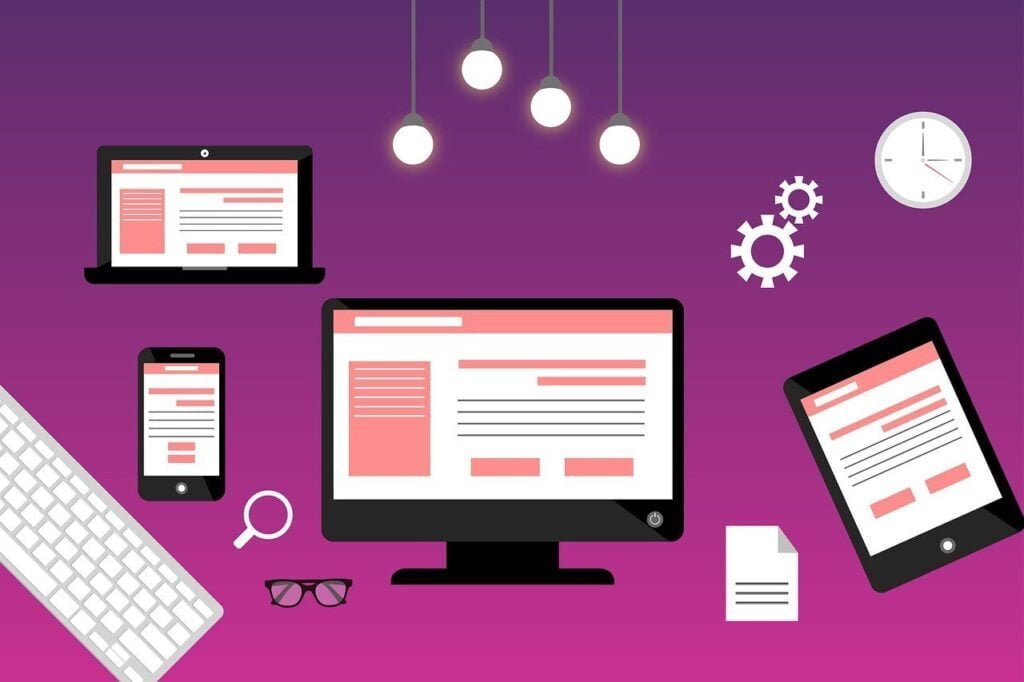Introduction: The Heart of Digital Interactions
In the ever-evolving world of digital design, Understanding User Experience (UX) in Web Design stands as a crucial component. It’s more than just creating visually appealing web pages; it’s about crafting interactive experiences that resonate with users, enhancing their journey through effective and empathetic design. This exploration dives deep into the nuances of UX in web design, offering insights into creating user-centric digital environments.
UX Fundamentals: More Than Meets the Eye
Get rock-solid web hosting with Hostinger! Enjoy 70% off, blazing speeds, and the reliability you need. Use our referral link to get your deal!
User Experience in web design is an intricate blend of psychology, technology, and art. It focuses on understanding the users’ needs, preferences, and behaviors. This section uncovers the fundamental principles of UX design, such as usability, accessibility, and user engagement. By grasping these core concepts, designers can create more intuitive and user-friendly websites.
The Role of UX in Enhancing Web Usability
Usability is the cornerstone of effective UX design. It’s about making websites easy to navigate, understand, and use. This part delves into the strategies for enhancing web usability, including clear navigation, responsive design, and consistent layout. It also touches on the importance of accessibility, ensuring websites are usable by people of all abilities.
Emotional Design: Connecting on a Deeper Level
Emotional design is about creating a connection between the user and the digital experience. This segment explores how color theory, imagery, and typography can evoke emotions, leading to a more engaging and memorable user experience. It discusses the psychological aspects of design and how they can be leveraged to create a deeper connection with the audience.
User-Centered Design: Walking in Their Shoes
User-Centered Design (UCD) is a methodology that puts the user at the heart of the design process. This section examines the various stages of UCD, including user research, persona creation, and user testing. It emphasizes the importance of empathy in design, understanding user needs and pain points to create solutions that truly resonate.
UX and Brand Identity: A Symbiotic Relationship
Brand identity is significantly influenced by the user experience. This part explores how UX design can reinforce and elevate a brand’s identity. It discusses the alignment of UX strategies with brand values and messaging, creating a cohesive and consistent experience that strengthens brand recognition and loyalty.
The Evolution of Web Design and UX Trends
The digital landscape is constantly changing, and so are the trends in web design and UX. This section provides an overview of the latest trends in UX design, such as minimalism, voice user interfaces, and augmented reality. It also discusses how these trends are shaping the future of web design and what designers need to keep in mind to stay ahead.
UX Metrics: Measuring Success in Web Design
Measuring the success of UX in web design is crucial. This part delves into the key metrics and tools used to gauge user satisfaction, such as bounce rates, conversion rates, and user feedback. It discusses how these metrics can inform design decisions and drive continuous improvement.
The Intersection of UX and Technology: A Harmonious Blend
Technology plays a significant role in shaping UX in web design. This segment explores the impact of emerging technologies like AI, machine learning, and blockchain on UX design. It discusses how these technologies can be harnessed to create more personalized and efficient user experiences.
Case Studies: Successful UX Strategies in Action
Real-world examples bring the concepts of UX in web design to life. This section showcases a variety of case studies where effective UX strategies have led to successful web design projects. It provides insights into the challenges faced and the solutions implemented, offering valuable lessons for aspiring UX designers.
Real-world examples illuminate the concepts of UX in web design, offering valuable insights and lessons. Here are some notable case studies:
- Perfect Recipe – UX Design for Cooking and Shopping: This mobile application allows users to search for food recipes and shop for ingredients. Its UX design process focused on product personalization, presenting solutions for challenges, and incorporating animated interactions.
- GnO Well Being – Branding, Web Design & UX: A creative website for a designer blanket aimed at improving sleep. This case study showcases a comprehensive UX design approach, including logo design, custom graphics, and interactive website pages.
- Splitwiser – UI/UX Case Redesign: A concept mobile app for tracking and splitting expenses. The case study highlights key design decisions like logo redesign, onboarding improvement, user flow optimization, and UX enhancements through bottom bars and interactions.
- Deeplyapp.com – UX & Visual Improvements: This health and self-care website app focuses on mental well-being with meditations and exercises. The UX case study details the design process, emphasizing UI flow diagram, discoverability design, and visual balance.
- Talent Envoy – Improving the Recruitment Process: An intelligent job assistant app. The case study addresses challenges in the US recruitment market, detailing the user research process, UI flowchart design, and main page design.
- My Car Parking – UI/UX Case Study: A mobile app for finding parking slots. It’s a masterclass in writing a clear, well-structured case study, using intuitive lists and images to explain design ideas and processes.
- Parking Finder App – UI/UX Case Study: A concept mobile app for finding parking in busy cities. The case study thoroughly presents the design process, covering issues like user-centered design, design strategy, user flow, information architecture, interface wireframes, and visual designs.
These case studies provide a rich source of knowledge and inspiration, demonstrating how effective UX strategies lead to successful web design projects. They offer a diverse range of solutions, from improving user interfaces to addressing specific market needs, showcasing the versatility and impact of good UX design in real-world applications.
UX Challenges and Solutions: Overcoming Common Hurdles
Every UX journey comes with its set of challenges. This part highlights common obstacles faced in UX design, such as dealing with complex information, designing for diverse audiences, and ensuring cross-platform consistency. It provides practical solutions and strategies to overcome these challenges, enhancing the overall user experience.
Inclusive Design: UX for Everyone
Inclusivity is a key aspect of modern UX design. This section emphasizes the importance of designing for a diverse user base, taking into account different abilities, cultures, and backgrounds. It discusses best practices for inclusive design, ensuring that websites are accessible and welcoming to all users.
Interactive Elements in UX: Engaging Users Actively
Interactive elements play a crucial role in enhancing user engagement. This part explores various interactive features like animations, hover effects, and dynamic content. It discusses how these elements can be used judiciously to create an engaging and interactive user experience without overwhelming the user.
UX Writing: Crafting Text That Resonates
The power of words in UX cannot be understated. This section delves into the art of UX writing, focusing on creating clear, concise, and persuasive text. It discusses how effective copywriting can guide, inform, and engage users, playing a pivotal role in the overall user experience.
The Psychology Behind UX: Understanding User Behavior
Understanding user psychology is fundamental to effective UX design. This part examines the psychological principles that influence user behavior, such as motivation, perception, and decision-making. It discusses how these principles can be applied in web design to create more intuitive and user-friendly interfaces.
Responsive Design: Adapting to a Multitude of Screens
In a world of diverse devices, responsive design is essential. This section explores the techniques and best practices for creating websites that adapt seamlessly to various screen sizes and resolutions. It discusses the challenges and solutions in building responsive designs that provide a consistent user experience across all devices.
UX in E-commerce: Driving Conversions Through Design
E-commerce websites present unique UX challenges. This part focuses on the UX strategies that can enhance the online shopping experience, leading to increased customer satisfaction and higher conversion rates. It discusses elements like product display, checkout process, and customer support, crucial for a successful e-commerce UX.
Feedback Loops in UX: The Key to Continuous Improvement
Feedback is the lifeline of effective UX design. This section highlights the importance of establishing feedback loops, enabling continuous user input and iterative design improvements. It discusses methods for collecting and analyzing user feedback, ensuring that web designs evolve in response to user needs.
Collaboration in UX Design: A Team Effort
UX design is rarely a solo endeavor. This part examines the collaborative nature of UX design, discussing the roles of different team members, such as designers, developers, and product managers. It emphasizes the importance of communication and teamwork in creating cohesive and effective UX designs.
Legal and Ethical Considerations in UX
Legal and ethical considerations are increasingly important in UX design. This section explores the legal responsibilities and ethical implications of UX design, such as data privacy, accessibility standards, and user consent. It discusses how to navigate these considerations, ensuring responsible and user-friendly designs.
Future Predictions: Where UX is Headed Next
The future of UX in web design holds exciting possibilities. This final section offers predictions on the future trends and innovations in UX design. It discusses the potential impact of advancements in technology and user expectations, providing a glimpse into what the future of web design might hold.
FAQs: Demystifying UX in Web Design
- What is the primary goal of UX in web design? The primary goal of UX in web design is to create a website that provides a seamless, efficient, and enjoyable experience for the user, focusing on usability, accessibility, and user satisfaction.
- How does UX design impact a brand’s identity? UX design significantly impacts a brand’s identity by shaping the user’s perception and experience of the brand. A positive UX can enhance brand loyalty, recognition, and trust.
- What role does psychology play in UX design? Psychology plays a crucial role in UX design by helping designers understand user behavior, motivations, and decision-making processes, thereby creating more user-friendly and intuitive designs.
- Why is responsive design important in UX? Responsive design is important in UX because it ensures that a website is accessible and usable across a variety of devices and screen sizes, providing a consistent user experience.
- What are some common UX design challenges? Some common UX design challenges include creating intuitive navigation, designing for diverse user groups, and balancing aesthetics with functionality.
- How can user feedback improve UX design? User feedback provides valuable insights into user needs and preferences, allowing designers to make informed improvements and adjustments to the UX design.
Conclusion: Charting a Path Forward in UX Design
Understanding User Experience in Web Design is more than just a technical endeavor; it’s a journey into the minds and hearts of users. By blending creativity with strategy, empathy with technology, designers can craft digital experiences that not only meet but exceed user expectations. As the digital landscape continues to evolve, the principles of UX in web design will remain fundamental in creating meaningful and memorable online experiences.









